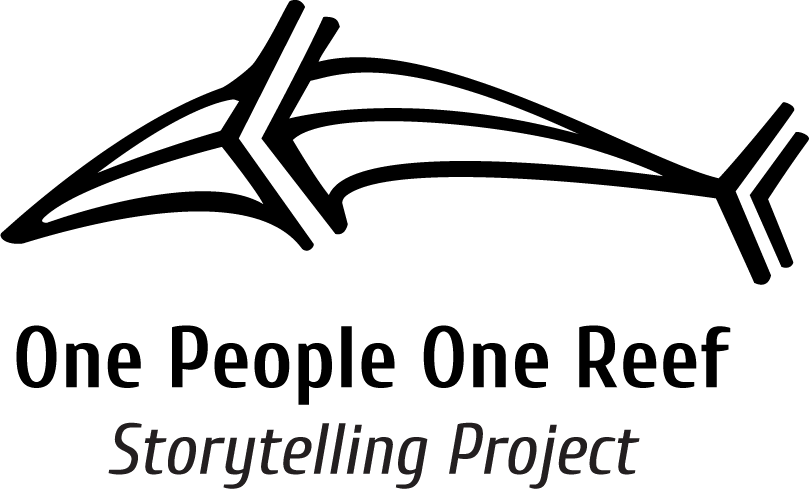Plastic Pollution
Science commentary 7
Ocean currents deposit another challenge to outer island reefs: plastic pollution. Youth project students conducted marine debris surveys. Removing the trash is a real challenge. Data collected in these surveys will help islanders advocate for funds for its removal.
Plastic trash can be very damaging to corals, fish, sea turtles and others. Plastic is made from oil and does not decompose or go away in the water (or on land). It can be eaten by turtles and fish and make them sick or kill them, and it can cover corals and suffocate them. Plastic can also wash from the beach into the water and the sun can cause it to break into smaller and smaller pieces of plastic. This plastic will always remain as small pieces (some smaller than you can see – these are called microplastics). Microplastics (like all plastic) are made of oil and attract other oily things in ocean water. Some poisonous oily (hydrophobic) things in the ocean are certain chemicals like methylmercury, PCBs and others (including chemical flame retardants which many clothes and furniture are sprayed with). These chemicals ‘stick’ to the small pieces of plastic. Then small fish eat them thinking they are small shrimp and plankton. Bigger fish eat those small fish, and then people eat the bigger fish. Since the big fish have eaten many small fish, which have eaten many small pieces of plastic, which have chemicals stuck to them, the chemicals end up accumulating – or building up – in large fish, and in people who eat them. In this way our oceans are being poisoned by plastic. It is better to remove the plastic, and even better to try to use less plastic, or not allow people to bring plastic stuff to the islands and leave it behind!

